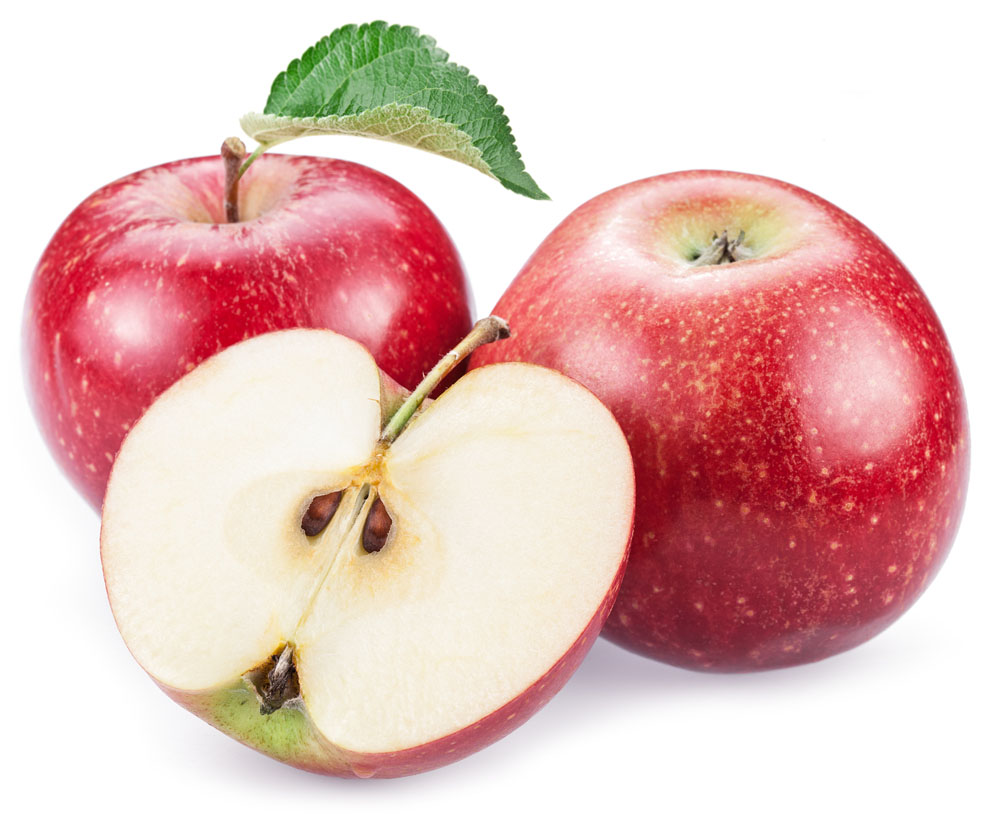Beautiful Plants For Your Interior

Amino acids are the building blocks of proteins and play a crucial role in various physiological processes. These essential compounds have found diverse applications in the food industry, enhancing flavors, improving nutritional value, and even acting as natural preservatives. In this blog post, we will delve into the properties and types of amino acids, and explore their specific applications in the food industry.
Properties and Types of Amino Acids:
Amino acids are organic compounds composed of an amino group (-NH2) and a carboxyl group (-COOH). They can be categorized into three types: essential amino acids (EAA), non-essential amino acids (NEAA), and conditionally essential amino acids. While the body can synthesize NEAA, EAA must be obtained through diet or supplementation.
Specific Applications in the Food Industry:
Flavor Enhancement: Amino acids, such as glutamic acid and its salt form, monosodium glutamate (MSG), are known for their ability to enhance umami, the “fifth taste.” They add depth and richness to savory dishes, making them a popular choice in various cuisines.
Nutritional Improvement: Amino acids, including lysine and methionine, are used to fortify food products and increase their nutritional value. This is particularly important in plant-based foods, as they may be lacking in certain essential amino acids.
Natural Preservatives: Some amino acids, such as proline and histidine, exhibit antimicrobial properties and can act as natural preservatives in food products. They help inhibit the growth of harmful bacteria and extend the shelf life of perishable items.
Meat and Seafood Processing: Amino acids like cysteine and glycine are utilized in meat and seafood processing to enhance tenderness, improve flavor, and promote color retention. They can also act as antioxidants, reducing the formation of harmful compounds during cooking or processing.
Fermentation: Amino acids play a crucial role in the fermentation process, contributing to the development of flavors in fermented foods and beverages. Examples include the production of amino acids like tyrosine and phenylalanine during cheese aging, contributing to the characteristic flavors of different cheese varieties.
Amino acids are not only essential for human health but also have remarkable applications in the food industry. Their versatility as flavor enhancers, nutritional fortifiers, and natural preservatives makes them invaluable in creating delicious, nutritious, and safe food products. By harnessing the potential of amino acids, the food industry continues to innovate and meet the evolving demands of consumers.
